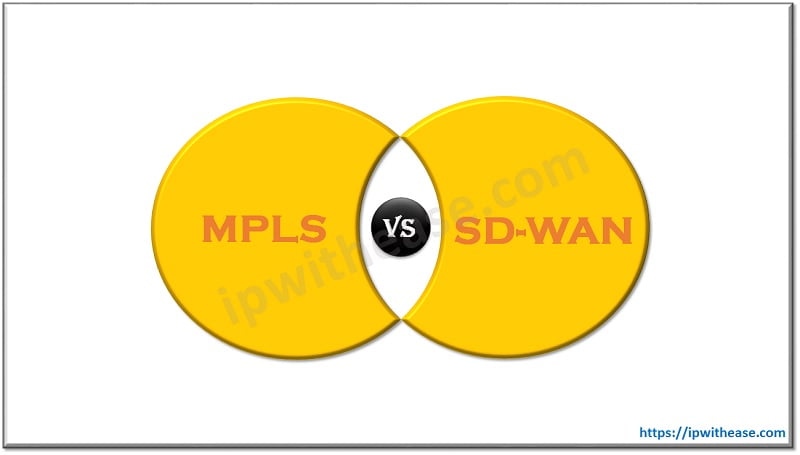Table of Contents
A network Bridge and Switch are pretty similar, both operate at the Data Link layer (Layer 2) and both can filter data so that only the appropriate segment or host receives a transmission.

Network Bridges and Switches
Both filter packets based on the physical address (AKA MAC – Media Access Control – address) of the sender/receiver although newer switches sometimes include the capabilities of a router and can forward data based on IP address (operating at the Network Layer) and are referred to as IP Switches.
Often the desired results could be achieved using either a switch or a bridge but “in general” bridges are used to extend the distance capabilities of the network while minimizing overall traffic, and switches are used to primarily for their filtering capabilities to create multiple, smaller virtual LAN’s out of one large LAN for easier management/administration (VLAN’s). But Switches are considered as superior devices than Bridges.
What is a Network Bridge?
A network bridge is a device used to connect two separate LAN segments, making them function as a single network. Bridges analyze MAC addresses and decide whether to forward or filter traffic, helping reduce collisions and manage traffic efficiently. To summarize:
- It connects and filters traffic between two LAN segments
- It learns MAC addresses to make forwarding decisions
- It is suitable for small or legacy networks
What is a Network Switch?
A network switch is an evolved version of a bridge with multiple ports. It connects multiple devices within a LAN, intelligently forwarding data only to the destination port based on MAC addresses. Switches offer better performance, scalability, and features than bridges. To summarize:
- It has multiport device connecting numerous endpoints
- It offers full-duplex communication
- It supports VLANs, QoS, port security, and more
Comparison: Bridge vs Switch
The major differences between a switch and bridge are as follows:
| A NETWORK BRIDGE | A NETWORK SWITCH |
|---|---|
| Packet forwarding in Bridges is performed using the software. Thus bridges are software-based. | Packet forwarding in Switches are performed using ASICS (Application Specific Integrated Circuits). Thus a switch is hardware-based. |
| Method of switching of a Bridge is store and forward. | Method of switching of a Switch can be store and forward, cut-through, or fragment-free. |
| A Bridge has only 2 ports. | A switch can handle many ports. |
| A Bridge is a device that connects two LANs and controls data flow between them. | A Switch is a networking device that learns which machine is connected to its port by using the device’s IP Address. |
| Bridges divide collision domain into two parts. Bridges can create collision domains but not broadcast domains. | Switches are used to connect the work stations or computer systems. If there are 20 workstations connected to a switch then there will be separate collision domain for each of the nodes. |
Download the comparison table network bridge vs switch
Related- Networking Scenario Based Interview Questions
ABOUT THE AUTHOR

You can learn more about her on her linkedin profile – Rashmi Bhardwaj



